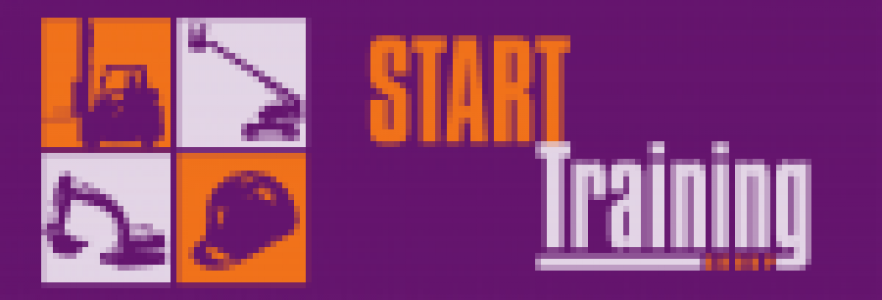Confined workspaces can vary as per industries and their job location. There are also various types of hazards correlated to each one. However, there are diverse standards and regulations associated with the companies’ policy for working in these spaces, which are essential during application. If new in this industrial domain, these can be daunting, but with confined space training and some safety guidelines, the workflow will move with ease.
Thus, while performing, the features that must be in your checklist are:
- The site verification
- Identifying and sorting the safety equipment and appropriate tools
- A professional team behind your back
- Certified training and hands-on experience
Alongside, four significant elements can make a safe work environment when followed.
Let us split it down a bit more for precision.
Confined spaces planning
Each time you enter a confined space, you must complete an assessment. It includes a risk and hazard assessment of the area, analysing the people working in and around that space, their expertise in such areas and evaluating the PPE kits or the safety harnesses used in confined spaces. During supervision, it is crucial to keep these things in mind for avoiding any accidents. However, if you do not have an elevated work platform licence in Melbourne, then the company will have to hire a third party for conducting the assessment.
Examining confined spaces before work
Before you step inside any confined spaces, it is crucial to examine the oxygen level of the area so that the workers don’t suffocate. It is also essential to reckon any hazardous fumes, gases and vapours inside. When these features are ensured, it is time to check the harnesses and other equipment for a safe entry.
Monitoring while working
It is not possible to determine all the aspects before entering a small space in a company. Some actions have to be taken spontaneously. However, if you have confined space training, it will be easy to understand which action to take when and why. For illustration, while operating, you might face the temperature going down or feel humid. In these situations, it will be ideal not to move much. Eventually, such hacks might not pop up in mind, but you will have a rudimentary idea when you undergo proper training.
Always have a rescue plan
As you enter a confined space, always make a rescue plan. A rescue plan must be at the entry point or exit point. Choose an expert team who will promptly take necessary actions without casualties.
